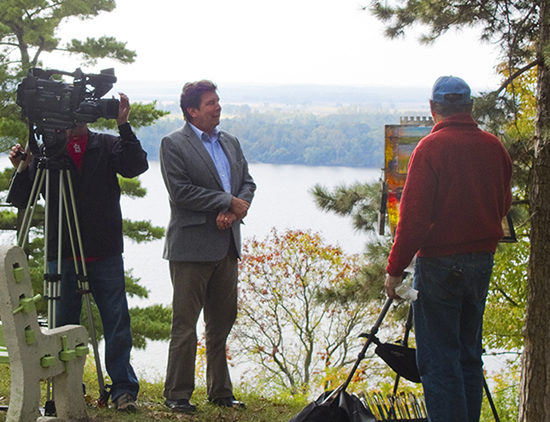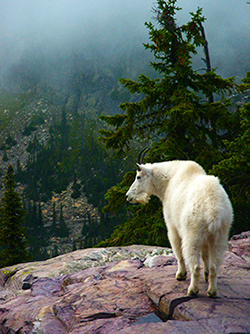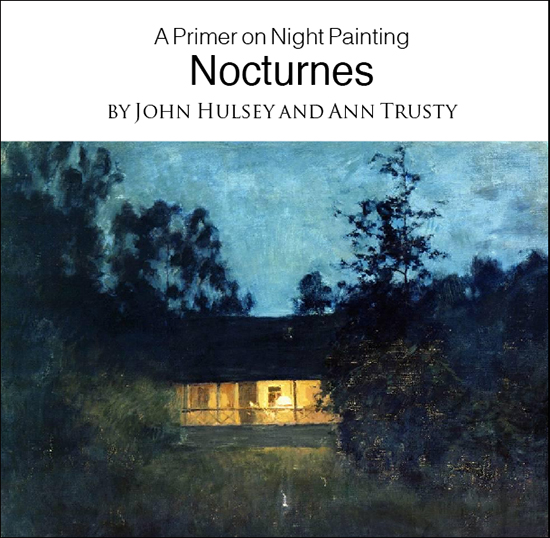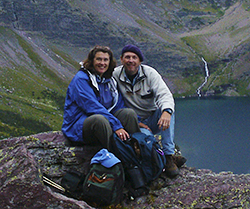Shadow Light
Perspectives from The Artist's Road
Tracks Pastel John Hulsey
We have been getting a surprising number of comments about our recent posting of the plein air pastel, Tracks. This painting has apparently struck the same chord with others that the subject struck with me while looking around outside for something to paint this week. I think that what people are responding to is the winter light and the way colors are massaged in the painting to bring out warmth in the landscape. In particular, with the high contrast conditions of winter sun on brilliant snow, we have been exploring the colors of snow and shadows. Shadows create the form and interest in winter landscapes. "Warm light = cool shadows", "cool light = warm shadows" are two basic principles that we use to guide our color decisions when painting outdoors. But what is meant by cool or warm light? Generally speaking, North light from a clear blue sky is going to be a cooler temperature than light measured from the South. But there are always exceptions, and it is up to the artist to use the knowledge of color temperature to his/her benefit.
Tracks was painted on a clear day, late in the afternoon, in January. I tend to think of that sunlight as relatively cool, even when coming from the South as it does here in the winter, as compared to summer light. So in Tracks, I painted the shadows with a warmish blue-violet, rather than a cold cobalt, and kept my sunlit snow on the cool side. While it may seem counter-intuitive, sunlit snow is rarely pure white, although the camera has trouble making this distinction. With a little practice and a middle-value grey card with which to compare, one can see that snow is actually shades of light grey, from cool to warm, with pure white reserved for highlight areas facing directly into the sun. Shadows can be warm or cool, as the artist wishes, but their color, value and architecture must be in harmony with the rest of the subject. To complicate matters, shadows usually contain reflected light within them. Reflected light is that light bounced into the shadow from a nearby lit up object, so the color of that object will also be mixed in that shadow area. This important observation gives the plein air painter the ability to create a rich and colorful snowy winter landscape out of what appears to be only a field of white.
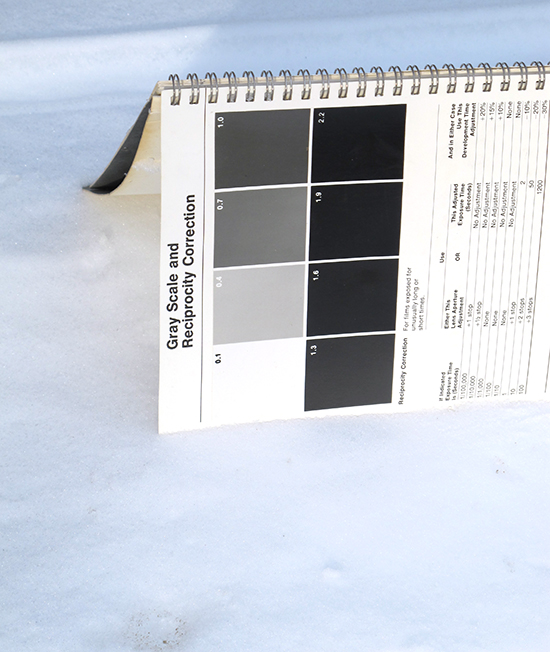
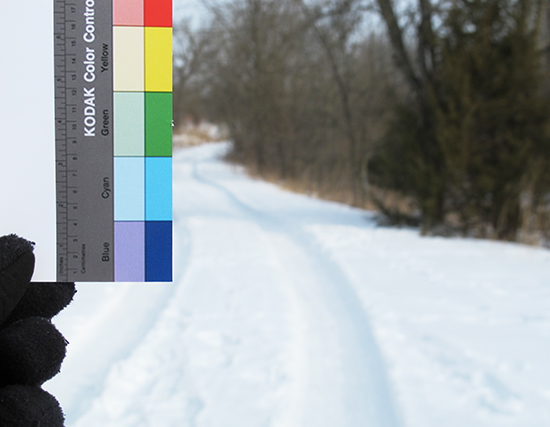
These photos show how cool and off-white sunlight on snow actually is when compared to a Kodak color reproduction control scale. Pure white is apparent only in the brightest highlights. Unlike the day I painted, the sunlight in these photos was filtered by high clouds which warmed and softened the contrast, making the shadows grayer and lighter. The light today would not have made a good painting.
The complete Step-by-Step development of this plein air pastel painting and commentary is available to members of The Artist's Road. To join, click here.


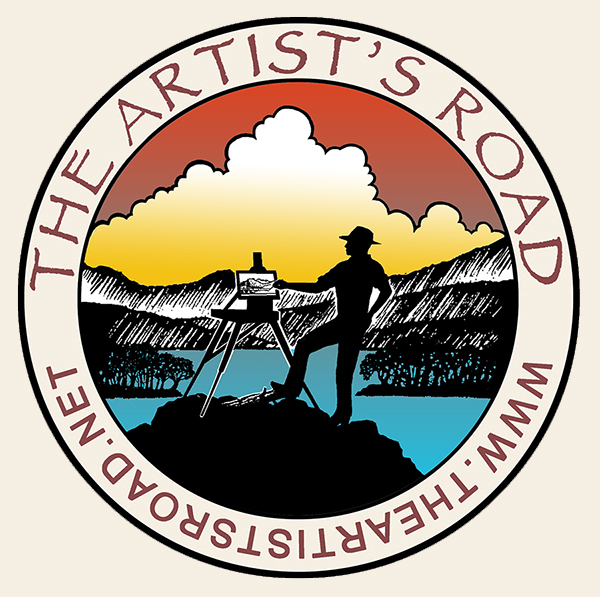
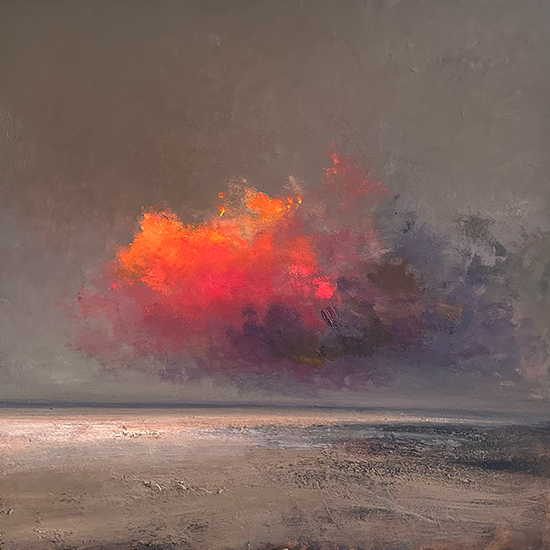 Voices of Experience:Richard K. Blades
Voices of Experience:Richard K. Blades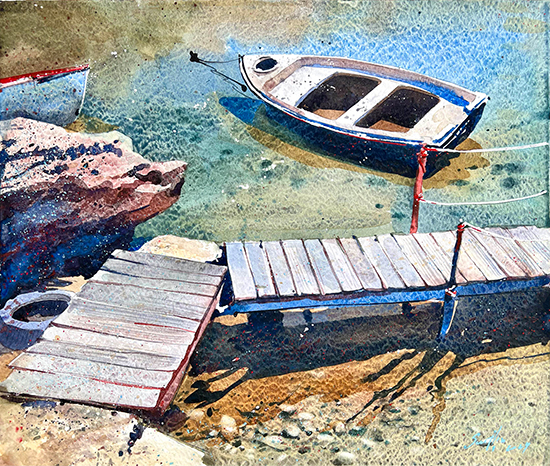
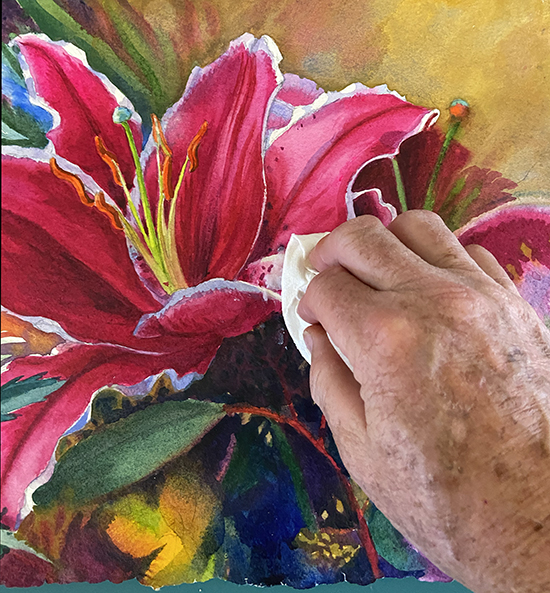 ing Watercolors
ing Watercolors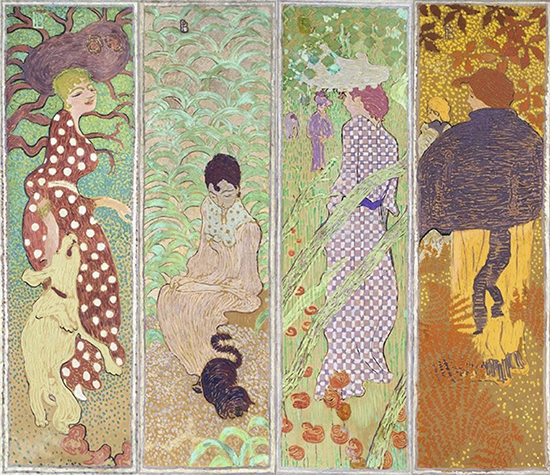
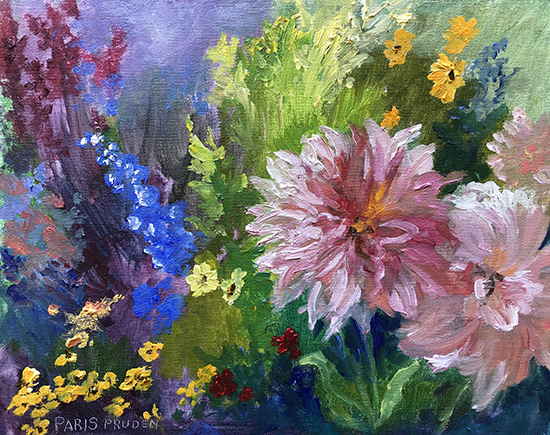
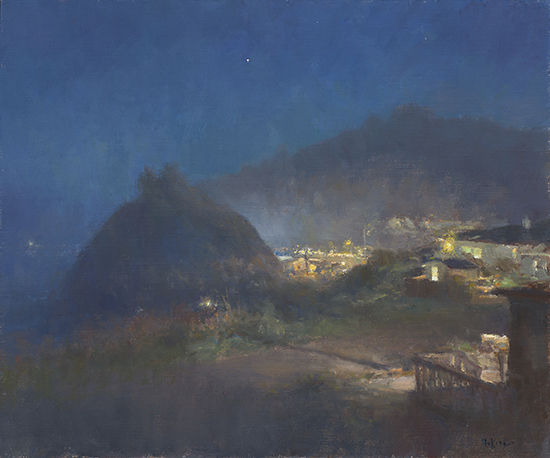 Nocturne Notes
Nocturne Notes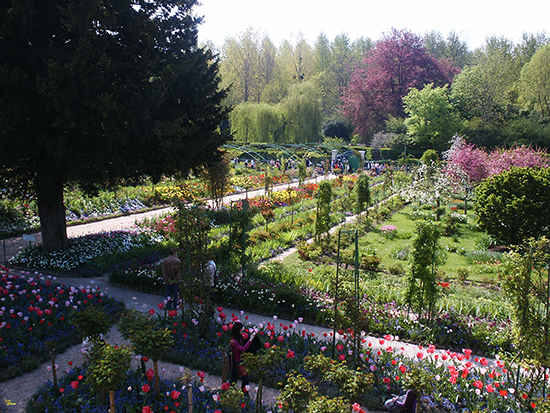 Inspiration in Monet's Gardens
Inspiration in Monet's Gardens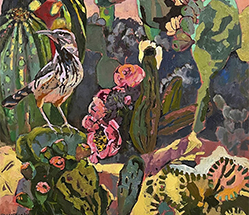
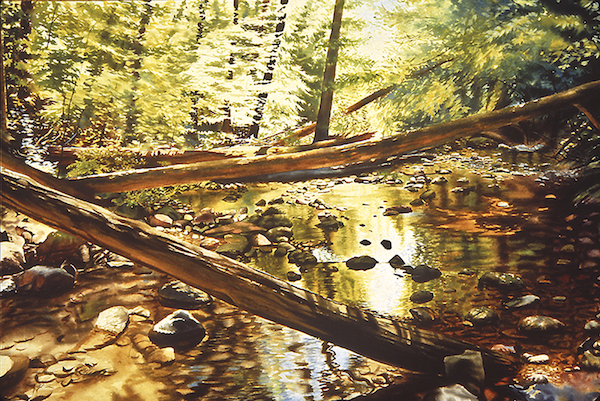 The Watercolor Medium
The Watercolor Medium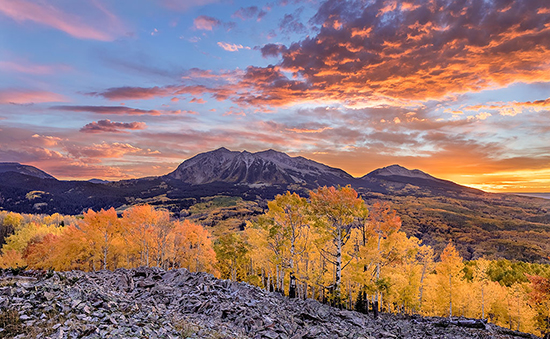
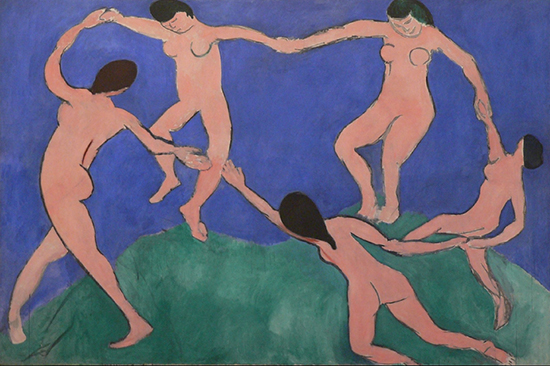 The Perspectives Archive
The Perspectives Archive